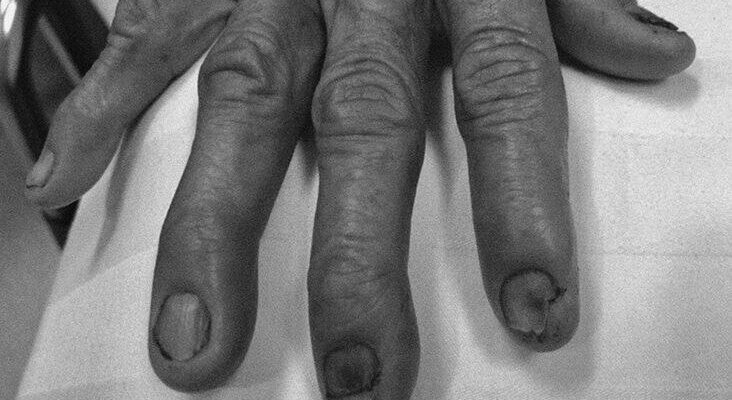Why Are Some Nail Tips White?
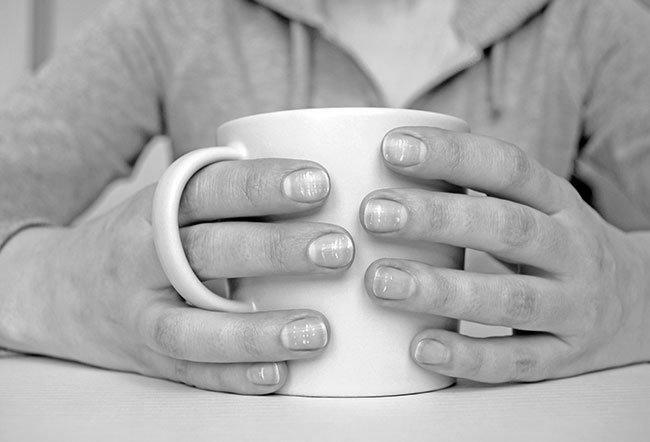
Whether your fingernails are white or yellow can be caused by several factors. A lunula, or white spot, at the tip of your nail could signal cirrhosis, chronic renal failure, or congestive heart failure. Or it could simply be an aging process, and this condition is called Terry’s nails. However, if you’re unsure of what’s causing your white nail tips, here are a few things to keep in mind.
Paronychia is a bacterial infection under your nail.
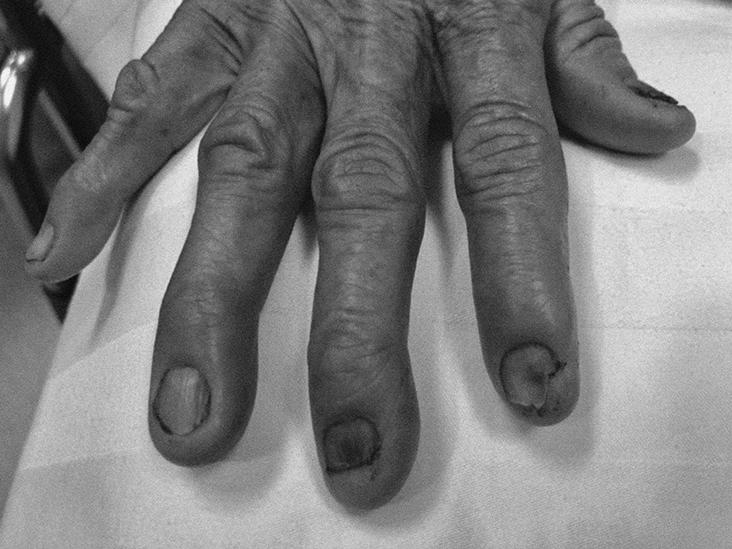
If you notice that your nail tips are white, it could signify a bacterial infection. You may also notice a slight swelling that extends down your finger. If you notice a white-colored spot, it’s best to see your health care provider right away. Although you can often treat the infection yourself, you should see your doctor if it’s persistent or worsens. Your doctor will perform a thorough exam and determine whether paronychia is bacterial or fungal.
Your doctor can diagnose paronychia by taking a physical exam and checking for pockets of pus. They may also examine you for any risk factors or ask about your nail-related job. Some doctors may even request a pus sample to test for the bacteria. Symptoms of paronychia can be painful and require medical treatment. Treatment for paronychia depends on the cause of the infection.
Treatment for paronychia typically involves warm water soaked four times daily for 15 minutes. In severe cases, a doctor may prescribe antibiotics. The infection usually clears up after a few days, although it may persist for several weeks. Antibiotics are not required in most cases. However, recurrent paronychia may result in chronic infection.
Acute paronychia is caused by a bacterial agent introduced through trauma to the area around the nail. People who pick their nails may have a higher risk of developing chronic paronychia. People with diabetes are also more susceptible to skin infections. People with poor circulation also are more likely to create paronychia.
A variety of factors can cause Leukonychia.
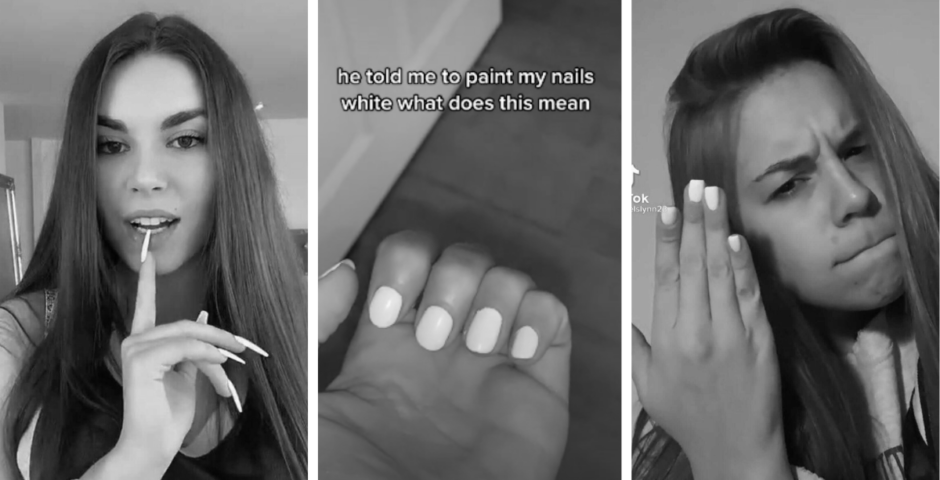
The clinical presentation of leukonychia varies depending on the cause. A variety of factors, including chemotherapeutic drugs, nutritional deficiencies, systemic diseases, and infections, can cause the disease. A nail biopsy is necessary to determine whether the leukonychia is genuine or a form. In cases of widespread leukonychia, to rule out systemic diseases. Nail clippings may be required to detect arsenic intoxication. A biopsy may also be necessary in cases of true leukonychia.
The cause of leukonychia is still unknown, but various genetic conditions may lead to the disease. Genetic tests may identify mutations affecting the PLCD1 gene, located on chromosome 3p21.3. There is also a family history of the disease, and certain medications can cause it. While genetic tests are the only way to confirm if leukonychia is a hereditary condition, many other possible causes exist.
While white nails aren’t alarming, they can mask severe systemic disorders like cancer or kidney failure. Abnormalities can also cause white pins in the nail bed or nail plate.
Fungus
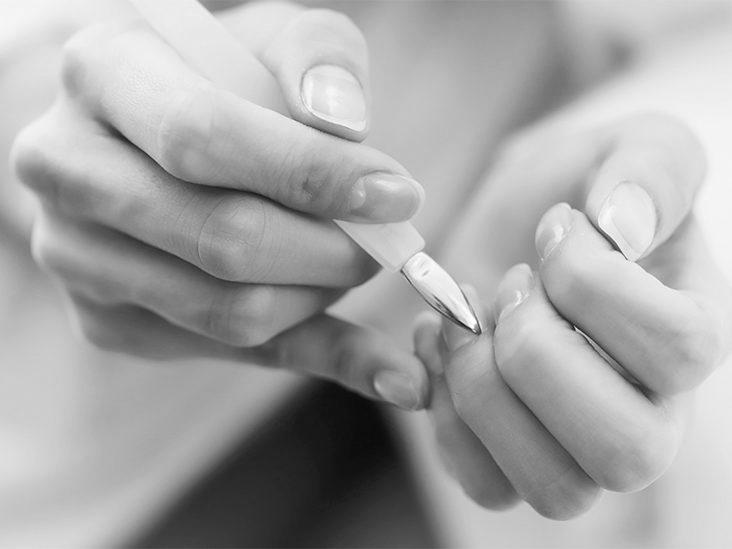
While most of us think of a fungal infection, there are other causes for white nail tips. In some cases, white nail tips are hereditary or a sign of another medical condition. It is essential to consult a doctor to get a proper diagnosis in such patients. For example, nail white spots can indicate a fungus infection, such as nail fungal nail regrowth treatment. In other cases, trauma may have caused the white spots, in which case you can wait it out. The white spots on the nail will eventually grow out, but you can have them treated.
Some other causes of white nail tips are inherited and systemic diseases. Besides trauma, additional conditions may be underlying, such as diabetes mellitus, cirrhosis, or liver disease. However, if the recommendations are entirely white, it may indicate a more severe ailment. In some cases, the condition is caused by a fungal infection, such as Terry’s nails, or a decreased blood supply to the nail bed.
Another cause is a bacterial infection. The common cause is a bacterial infection called pseudomonas. Symptoms of this condition include a white splotch under the nail and a foul odor. In some cases, the disease has led to separating the fingernails. However, white nail tips are also a sign of a rare condition called nail matrix tumor.
Some cases of white nail tips are caused by a fungus called onychomycosis. The condition causes the nails to grow in unusual shapes. This condition is more common in those who work in kitchens, clean houses, and swim in pools. If the infection has weakened the tissues around the lunula, it could lead to a permanent deformity. Additionally, it can thicken the tissue under the nail and flaking debris in the surrounding area.
COVID-19
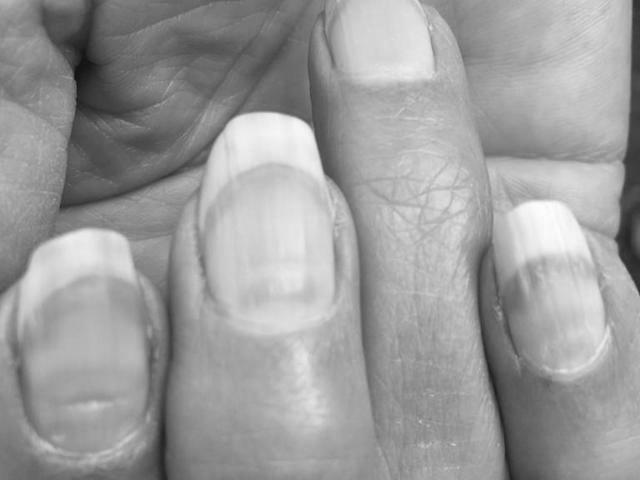
The question of why some people have white nail tips may seem confusing. This condition is caused by various factors, including certain drugs or exposure to certain chemicals. Other causes include fungi and bacterial infections. A fungal infection may also cause your fingernails to be white. In both cases, treatment is determined by identifying the underlying systemic illness. If you’ve wondered, “Why are some people’s nail tips white?” this article will provide you with some answers.
Several factors can cause nail tips that turn white. Leukonychia, or “white nail syndrome,” results from a defect in the nail growth process. People with this condition have white patches and lines on their nails, which do not reach the edge and turn white. This condition can also be caused by medication or poisoning. Sometimes, people have white spots on their nails due to systemic diseases like typhoid fever.
Some people have half-and-half white nails. While this condition is normal, it may indicate disease or kidney failure. In addition, some people have half-and-half white nails or Terry’s nails. These nails are two-thirds white and one-third pink, indicative of diabetes mellitus, cirrhosis, or congestive heart failure.
Another cause of white nails is a fungal infection of the nail or a skin condition around the nail. If you have white nail tips, you’ve suffered an injury or other condition months ago that caused the nail to turn white. Unless you’re suffering from a medical emergency, you can wait it out on your own. But if you want to avoid pain and a painful procedure, you’ll need to consult a doctor.
Iron-deficiency anemia
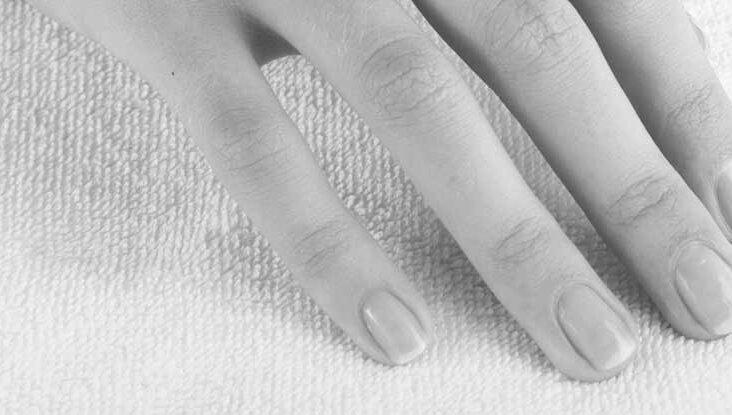
Anemia, or low iron levels, is a common cause of nail tips that are white, brittle, or both. If you notice this condition in yourself or someone you know, you may need to see a doctor. While iron deficiency is usually a minor issue, it can grow into a severe problem if you are not treated. Anemia affects many women around the world. Its symptoms are similar to those of stress and go unnoticed.
Some symptoms of iron deficiency include fatigue and low energy. Although many people feel tired most of the time, it is difficult to diagnose an iron deficiency based on tiredness alone. You may notice dark circles under your eyes. While most people mistake this condition for lack of sleep, they are a symptom of a more severe problem. If you have low hemoglobin levels, your heart has to work extra hard to carry oxygen to your body.
In most cases, anemia is treatable with diet or iron supplements. Other signs of anemia include pale skin and pale nails. If you have any of these signs and symptoms, you should visit a doctor immediately. If the changes persist or worsen, you should have a blood test to check your blood levels. Having an elevated iron level in your blood could be a sign of an underlying disease like iron-deficiency anemia.
Another symptom of iron deficiency anemia is spoon nails. While it’s rare, spoon-shaped nails may signify an underlying disease. In rare cases, spoon-shaped nails are caused by liver disease, heart disease, or hypothyroidism. If you notice spoon-shaped nails, you should see a doctor. There are several causes of spoon-shaped nails, but iron deficiency anemia is the most common cause.
How to Re-Grow Bites Nails Fast
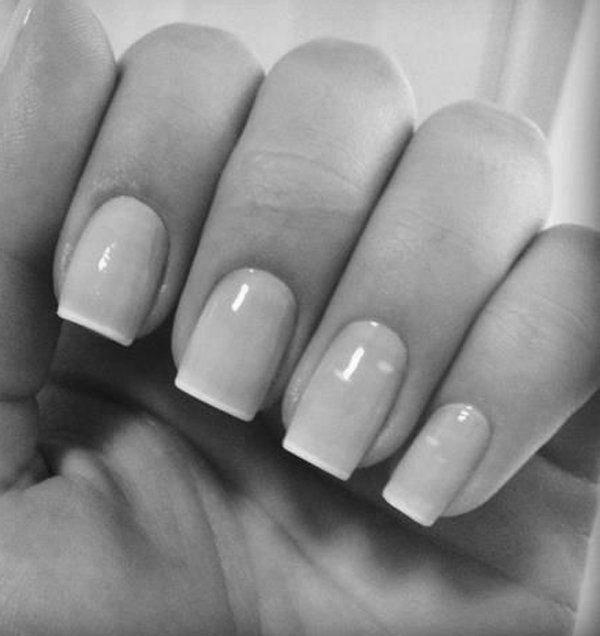
If you bite your nails, you’ll need to know how to re-grow them quickly. Healthy nails are made of a protein called keratin. Eating foods rich in keratin will help them heal after you bite them. Fish, eggs, chicken, and dairy products are all excellent sources of keratin. You should also get your daily dose of vitamin D and vitamin B12 and eat fruits like kiwifruit and cherries. Additionally, stay well hydrated, preventing your nails from drying out.
Avoiding acrylics
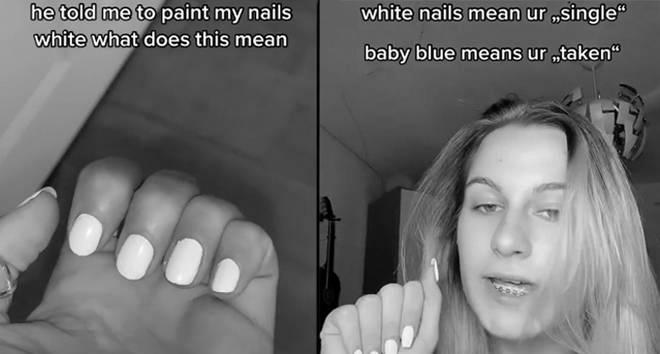
Before going for an acrylic nail treatment, there are some things you should know. First of all, you must know that acrylic nails are not plastic. They are liquid or powder. In addition, you must be aware of the harmful chemicals present in these products. If you plan to get acrylic nails, you should choose a high-quality formula. It will cost you around USD 50 on average. But if you are on a budget, you can go for cheaper options.
While acrylics may be easy to apply and remove, they also require regular maintenance, making them an expensive option. Despite the disadvantages, acrylic nails look very stylish. However, if you love your talon-like nails, you should go for acrylic nails. But if you have bitten nails, you must avoid acrylics and opt for other nail treatment methods. However, it would help to consider the following things before getting acrylic nails to grow bitten nails fast.
While you can go for an acrylic overlay on short or bitten nails, you must be sure that you visit a nail salon that offers this service. If the technician does not apply the acrylics properly, they may fall off prematurely. And the acrylics may not last long if you are doing manual work. If you are interested in using acrylics, you should consult your manicurist about the best length.
After applying acrylic nails, you should file down the top half of the natural nail. Then you should soak them in acetone and allow them to dissolve. Then, you can use a metal pusher or buffer to push the acrylic back. Then, buff the nails with a buffer to remove any excess acrylic. Once you have removed the acrylics, you can use nail polish to cover them acrylic.
Including protein in your diet
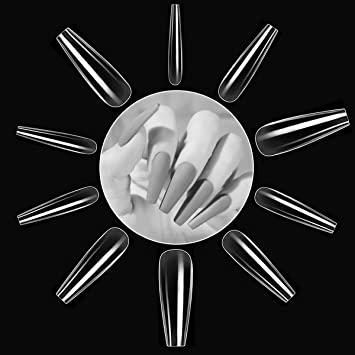
Protein is a necessary nutrient for healthy, strong nails. It is responsible for the growth and strength of keratin and collagen, which are the two main components of your nails. Fish is an excellent source of protein, which helps feed these two structures. You can eat tuna, white fish, shrimp, and crab, which all contain high amounts of protein. However, it would help if you were careful not to overeat fish, as it is high in mercury and can weaken your nails.
To get solid and thick nails, you should make sure that you eat a balanced diet. Although the average American diet contains adequate protein, you don’t need to consume more than your body requires. Too much p protein can increase your risk of becoming overweight, accelerate kidney damage, and even cause diabetes. In addition to eating enough protein, you should also include foods that are good for your overall health, including healthy fats and proteins.
If you live in a warm or mild climate, you may notice a faster nail growth. Adding milk and eggs to your diet can help your nails grow faster. The onding foods are broccoli, carrots, sweet potatoes, and bananas. Vitamins A and E are also necessary for healthy, strong nails. The best f ods to include in your diet are protein-rich ones. However, to achieve faster growth, you should try eating foods that contain these vitamins.
If you’re constantly biting your nails, it’s essential to consider the health benefits of Omega-3 supplements. Omega-3 can help strengthen weak, brittle nails and may reduce inflammation in the skin that causes nail-biting. Similarly, eating foods rich in omega-3 fatty acids can help alleviate low moods and relieve anxiety and depression. If you don t like taking vitamin supplements, consider eating oily fish and dark green vegetables.
Identifying your triggers
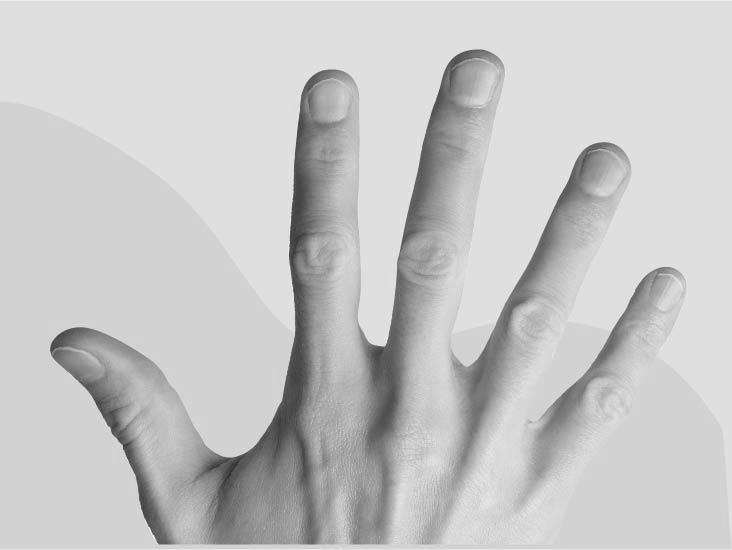
Identifying your triggers to grow bite nails fast can help you stop the behavior. A cold-tur ey approach may not work for everyone, but avoiding these triggers can lead to long-term success. By identifying your triggers, you can develop alternatives and prevent them altogether. In some cases, identifying your triggers can be more effective than quitting cold turkey. To stop an l-biting, you should place your triggers and then use a substitute behavior.
You may find it difficult to stop biting your nails if you’re constantly feeling bored. While bore om may be a trigger, it can signify a more profound emotional problem. To overcome this, try doing other things with your hands. You may be able to identify the things that trigger your finger-nibbling and find ways to deal with them instead. If you don t want to get a permanent solution, seek professional help. A Dermatol gist may be able to treat your condition or recommend counseling. If you’re feeling a lot of stress, you can get professional help from a counselor or psychologist. A psychology ist can help you identify the triggers that trigger your problem and suggest coping mechanisms to handle them.
Exercise releases feel-good hormones like serotonin. Exercising also releases serotonin, which reduces tension and reduces stress. Choose an activity you enjoy, such as cycling or running, and stick with it daily. Even a short workout can reduce your tension and make it easier to break the habit. It’s important to note that nail-biting can result from emotional distress and that you need to address the underlying cause of your nail-biting before you can break it for good.
Using pliers
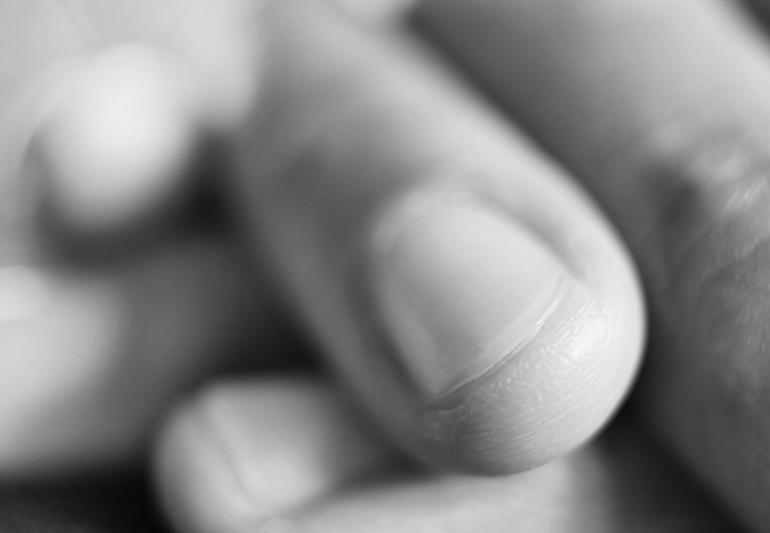
One way to fix bitten nails is to stop biting them. Many people are not aware that nail-biting can be a symptom of other problems, including ADHD and OCD. Fortunately, there are plenty of tools available to help with this condition. One such t is fidget rings and spinners, which help transfer energy to the fingers while biting. These cities can benefit many people with anxiety because they provide a relaxing distraction.
If your nails are damaged, you can cut them short to prevent them from coming off. Alternatively, you can use a buffer or 240-grit nail file to remove them when you can’t get to your home on your key chain. This solution is a better alternative to the nail biter’s usual remedy.
To stop biting your nails, you should first identify your triggers. It might seem inc de material things, such as stress, but it could also be emotional, like boredom or anxiety. Breaking t e habit requires a gradual process. Start by sopping one set of nails and gradually working your way up to the rest of your hands. After a wh le, you should have stopped biting all of your fingers.
Besides using pliers to prevent biting, you should also cover your hands when you use them. It would h lp if you also used gloves to protect your hands from the potential dangers of biting. Additional y, chewing gum can be harmful if overdone. Try using a stress ball or a silly putty to distract yourself from the temptation to bite your nails. You may al o try other ways to stop biting your nails, such as wearing gloves and using stress balls.
Pulling on your nails
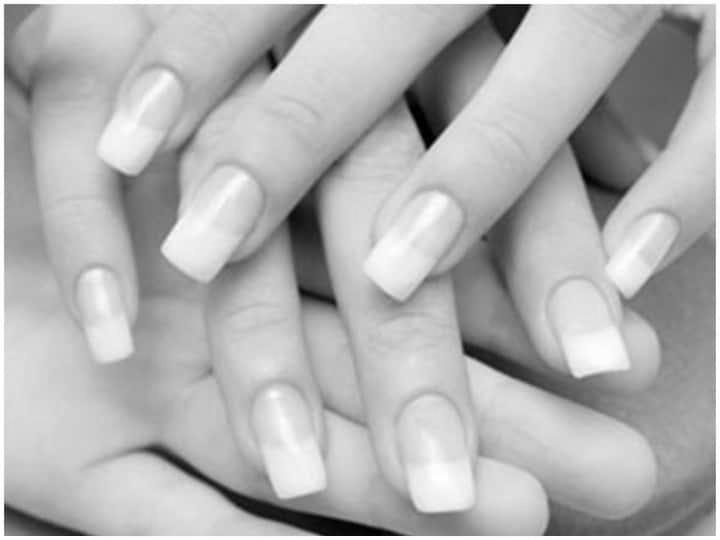
Pulling on your nails to grow bitten fingernails is a common habit that most people do without thinking about it. This habit is usually triggered by boredom, hunger, or feelings of insecurity. The excellent n is that you can quickly stop yourself from doing this by doing something else with your hands. Instead of pulling on your nails, try these methods. Hopefully, you will find one or two that work well for you.
Another way to avoid nail-bitingly is to avoid the triggers that lead to it. Try to stop your finger-nibbling by paying attention to your thoughts before biting your nails. If you’re unsure what triggers you to bite your fingernails, try a little mindfulness to help you stop. You’ll also want to stop biting your nails if you’re going to stop the habit.
If you’re worried about damaging your teeth, consider not biting your nails. Also, nail-biting is a common sign of mental health problems. If your habit of biting your nails is uncontrollable, consider seeking professional help to overcome this problem. It may be a symptom of a broader mental illness, such as stress or anxiety. Moreover, t can damage your nail bed and cause your nails not to grow naturally.
